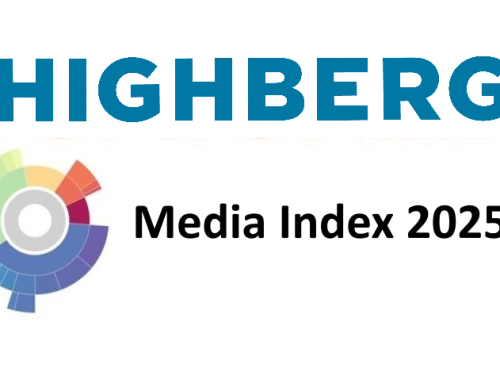How to frame “Native Publishing” for next generation advertising
There is a big movement from banner ads to “native ads”, but again that’s simply a different creative execution; a paid article instead of a paid ad. Publishers are still monetizing the same audience they always were, albeit with a slightly different look and in slow motion. The basic business model hasn’t changed in over 20 years! The ARTICLE hasn’t changed since we use paper. This publishing asset was and still is the basic molecule of its publishing brand. The impact of modern advertising as a reflection of user needs and Social Media is the supercollider separating those molecules from their “body” …the publishing website…or homepage. Modern publishing is now part of this evolution: the article has to carry the heavy weight of the publishing brand in its DNA! And YES, publishing can win the “battle of words” and spice up Social Media and the next generation media platforms with the quality we need. The key is: technology!
Separating the article from the publishing brand URL and spreading brand DNA
Does Facebook Instant Articles show us the direction to think about the article as a new brand asset without a link to a brand URL? Is this the right way for publishers to be prepared for the micromarketing needs of the next generation? After the ad-blocking wars and the meltdown of CPM revenues – is it possible to project brand value and brand perception of a big publishing house like the New York Times into a small particle, a molecule? The Answer is Yes – but the system of Content Management and Delivery should be redefined and redesigned.
Inter-URL-articles merge with native ads in realtime
New technology is creating a new content strategy! Most Content Management Systems are based on software where you can prepare, tag and dispense articles on the basis of the URL structure of your publishing house. On the other hand we have learned that the best way to be prepared for micromarketing is to display (native) advertising articles in connection with high quality content from the publisher side. With this connection, there is a good chance to enhance customer conversion. In the next few years, the requirements for changing content management and editorial systems into multi-URL and Social-Media-Channel-Content-Delivery-Systems will reach a new level. The next stage of editorial planning and content management is to deliver content and articles matching with programmatic advertising needs in real time. The solution is programming a “timeline” technology where news, middle term content and “brand content-networks” submit thier information perfectly synchronized with (the called real “native”) ad´s. The clue is using social signals to predict and frame the perfect contend-adveritsing bundle by creating and merging “content-algorithms” with smart social media marketing tools.
Reconsidering the strategic implications of next generation content management and advertising
The asymmetry of advertising needs and content delivery and distribution should be solved within the next two years by creating tools and new systems of editorial planning, content prediction, content management and a strategic planning to display brand value on micro content molecules (articles). A Spiegel article should be recognizable as an Spiegel Article even if it appears on other URL´s or Social Media Websites or in your timeline elsewhere. Digital publishing revenues will grow fast if content plus advertising is a perfect (information) experience for the reader. In this case ad´s don´t have disguise themselfs as editorial content and ad-blocking wars will be history. The bad news is publishers have to regain (partial) control of the revenuestream from Google, Facebook and LinkedIn.
Interessiert? Bleiben Sie mit dem SCHICKLER.essentials Newsletter auf dem Laufenden!






